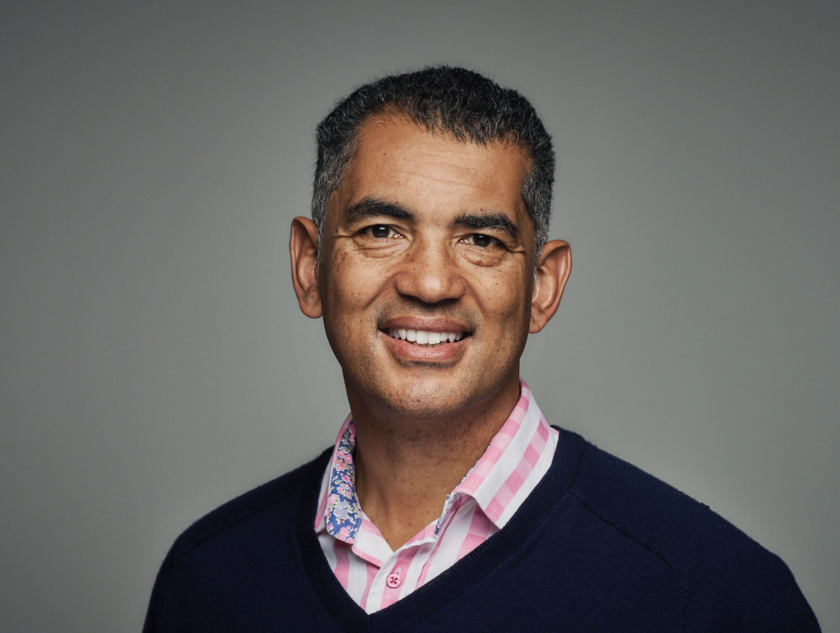Dynamic Planner is launching a cashflow forecasting tool, as it looks to develop the software system as a one-stop-shop approach to risk-based research and financial planning.
Talking at DP’s annual conference, founder and CEO Ben Goss flagged the disconnect between a typical advice firm’s systems and tools. He said research by the company shows firms are using up to nine different systems for their financial planning, resulting in an average of seven hours of re-keying per case.
“We know that is not a sustainable situation for you,” Goss said. Hence, DP is developing its Elements system to streamline research, cashflow and review capabilities, “meeting all your financial planning needs in one place.”
Cashflow is the missing module in the DP Elements system, which is being addressing in 2020. “You need compelling, engaging cashflow that is powerful but easy to use,” Goss said.
Currently in testing phase, the cashflow forecasting tool will form a major new release for DP Elements later this year. It will be a web-based application that can be used on desktop or laptop. It works like a streaming service, which will allow users to stop and later pick up where they left off.
“It will enable paraplanners to build a cashflow and to quickly and easily share it with their adviser/planner,” Goss said.
DP says the tool will allow for multiple goals, scenario comparisons, market collapses, client and partner planning, part year planning, and other complex cashflow functionality.
Growth and risk assumptions are automatically set using the DP risk asset model, aligning with the risk profile agreed with the client.
“The forecast from the underlying data is driven by income and expenditure and our upgraded asset models. We have a new engine powering this with the same assumptions and track record but producing daily Monte Carlo analysis. We are using daily analysis in order to ensure we are getting an accurate assessment,” Goss explained.
“Advisers can begin to have a risk-based dialogue with the client about what they can expect and help them begin to think about their financial future.”
Six key client questions
In researching the development, DP found six key questions asked by clients of advisers, which have been built into the system. One or more of these will be able to be selected, enabling the forecast to be built with the answers in mind. If the questions are not applicable the forecast can be built from scratch, Goss added.
The six questions are:
- How much should I save now?
- When can I afford to retire?
- How much income can I afford to take?
- When will I run out of money?
- How much tax will I pay?
- How much risk do I need to take?
Data will be brought in direct from the advice firm’s back-office system and CRM and can include the client’s assets as well as their income and expenditures to provide an in-depth cashflow forecast.
Also, clients can position their assets under three headings,
- Essential amount
- Discretionary amount
- Aspirational amount.
These will allow clients to set the level that best suits them, as well as making it easy to see how changing their strategy or spending will affect their finances over the long term.
“We recognise that most clients don’t present with specific goals. This means you have to have a slightly different conversation with the client. We’ve built the system to enable that,” Goss said.
While the terminology may change in the final version of the tool, depending on testing feedback, he added, “we wanted to create something that was super easy to use with clients.”
Three life phases
Part of the ease of using the system, Goss said, is that it has three life phases built in as default. Currently, these are termed: Saving and Accumulation; Retirement; Later retirement.
Each phase is represented as a coloured bar on screen. Goss demonstrated the simple touch sensitive way in which the different bars can be extended or reduced in real time on screen, to show the client what working longer or retiring earlier will have on their finances.
“One of the gotchas of interactive dynamic cashflow modelling is that you have to change lots of assumptions, which can be very difficult. So, we’ve changed all that. You can move the three phases in real time. It makes for easy scenario building and so for real time conversations,” Goss explained.
“It’s all about answering the client’s questions. And the data can be output into a DP Review report.”






























